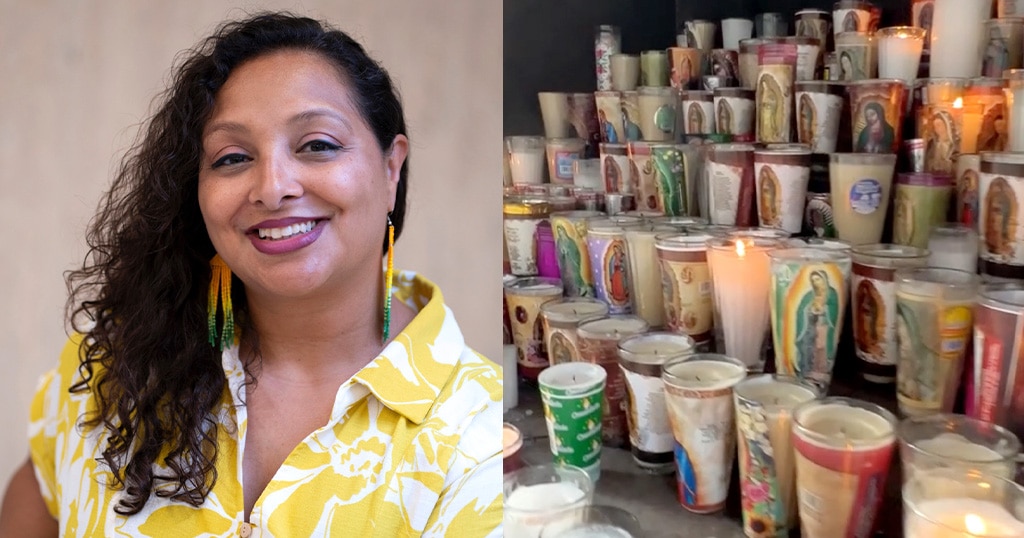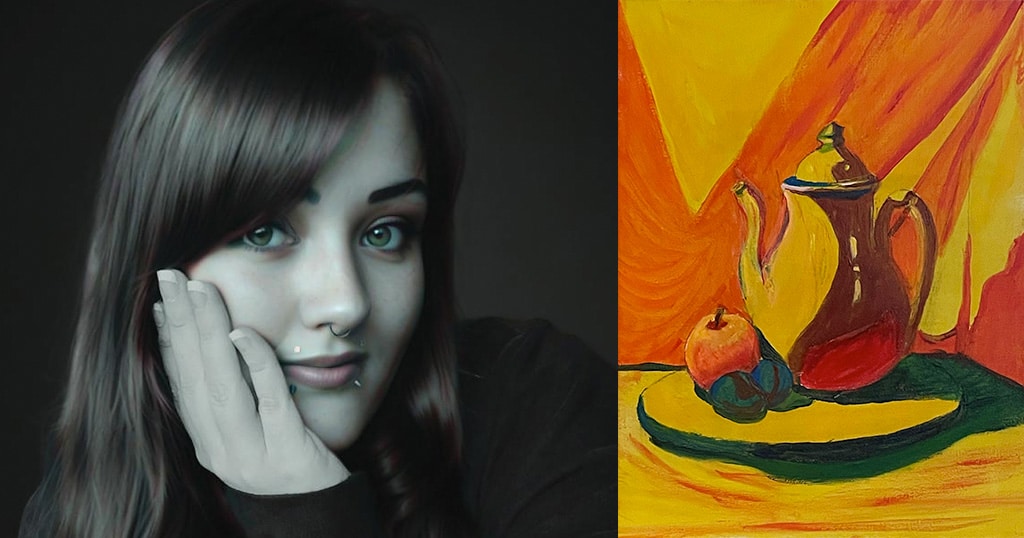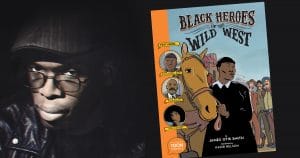Bringing Stories to Life Through Illustration
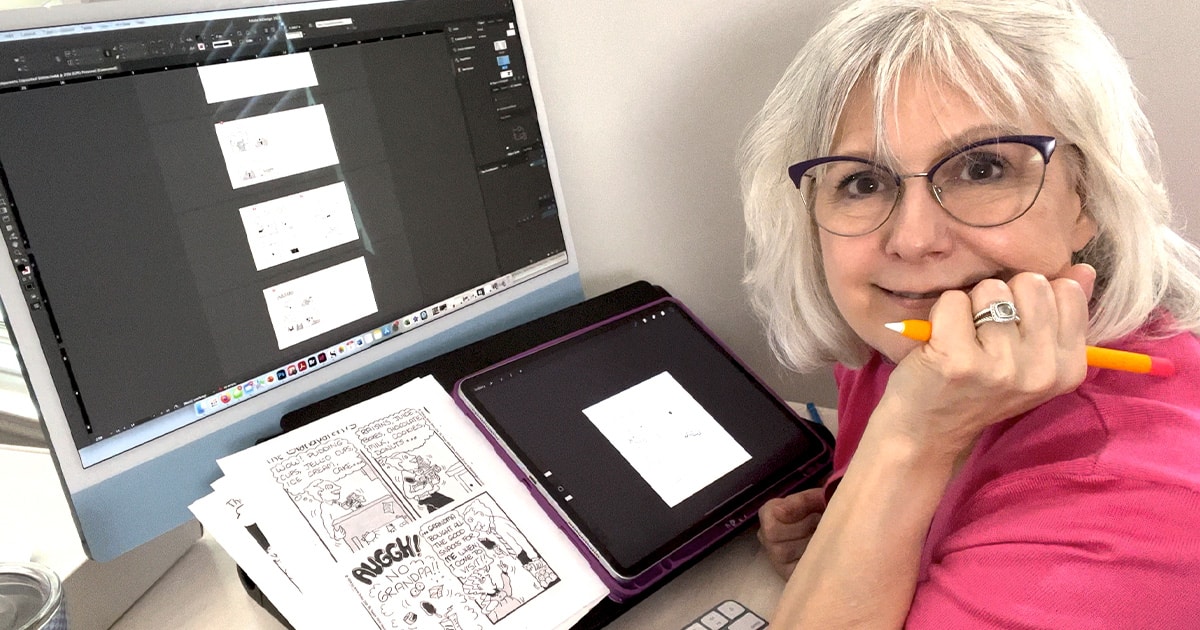
Our Academic Coordinator Lauren Edmundson, herself an artist, interviewed Cathy to find out what makes her tick.
Q: Cathy, you’ve had such an exciting career. What inspired you to become an illustrator?
I grew up in a family of creatives. We traveled back and forth between the United States and Canada with my dad’s theatrical work as an actor, director, and producer. My earliest memories involved drawing backstage. It was how they kept me out of the way and quiet during rehearsals. The set designs, props, and endless actors in costumes inspired me to develop this habit of telling stories with words and pictures.
When I was about 10, my parents settled the family on a sheep farm in Canada since it was getting hard to take a family on the road after my brothers came along. My dad switched to working more in television and movies, so he wasn’t away as much. The farm was more like a set design of a farm since my parents weren’t really farmers. As my parents would later call it, the farm experiment inspired a lot of humor in my work and several books with sheep characters.
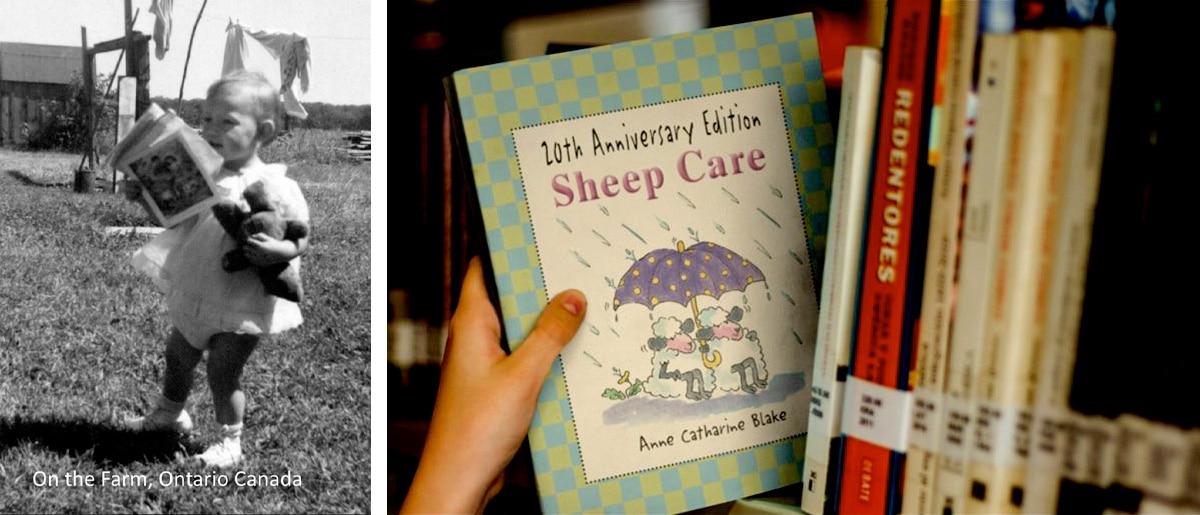
Q: What experiences (life or educational) were instrumental in your development?
I learned early it was possible to make a living as a creative person, but I also knew some of the struggles. So, in addition to studying illustration, I studied business and was determined to be the kind of illustrator that I would want to work with. So being reliable, meeting deadlines, and working well with a team.
I also learned it was necessary to surround yourself with people in the industry. So as a student, I joined the Society of Children’s Book Writers and Illustrators to learn the inside business of children’s book publishing. I joined the Society of Illustrators in New York to help me stay current in the industry and have opportunities to promote illustration for the next generation.
Q: What was the very first book that you published and what did you learn from that experience?
I was working freelance selling comics and illustrations to magazines and newsletters. One of my comics ran for free in Seattle, WA when Mad Magazine was having an exhibit. I went to the exhibit and met editor Shary Flenniken who had worked for National Lampoon Magazine. She had seen my comic and was looking for a female cartoonist for an upcoming book. It all happened so fast and unexpectedly.
The comic that I did for the book turned into a long-running comic about Grandparents distributed by Senior Wire News Service. This small syndicate supplied comics to newspapers and magazines. (Keep in mind I was in my ’30s, not a grandparent, but I was inspired by my grandparents, who influenced me a lot growing up.)
I learned to just keep doing the work I loved and getting out and meeting others who love the same kind of work can create unexpected opportunities.
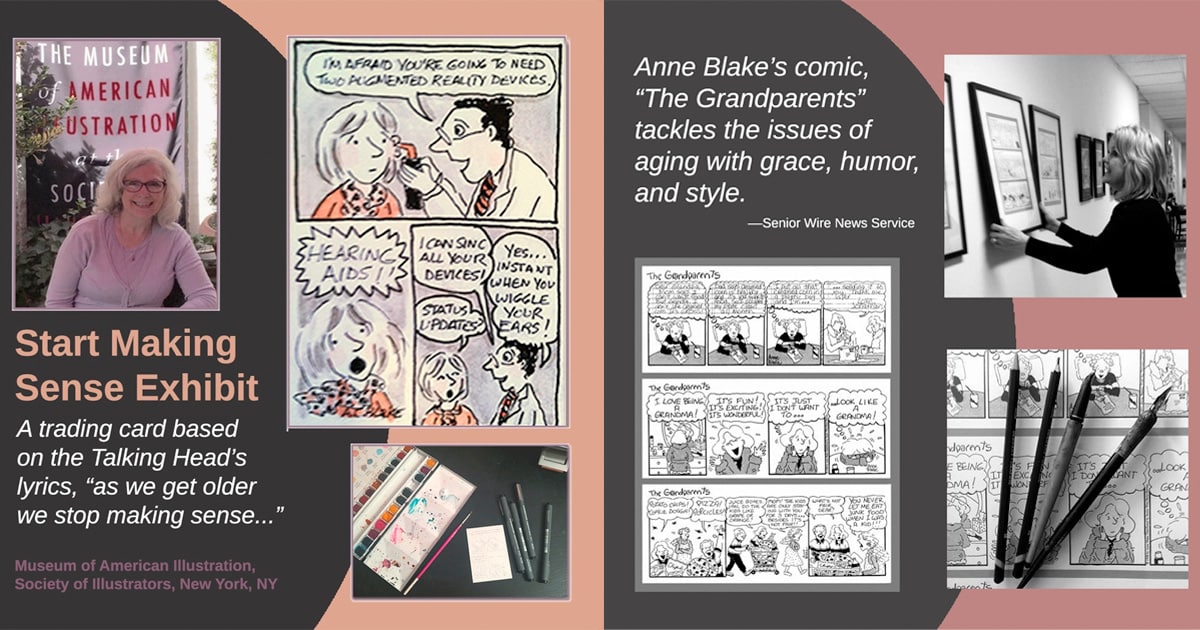
Q: How long does it take to write and illustrate an entire book?
Putting a book proposal together can take months or years, including the story, two finished illustrations, and a storyboard to pitch to a publisher. Once the book has a contract, it can take a year or so for the book to appear in print. If I am illustrating someone else’s book, the editor and sometimes the art director and I will work back and forth for three to six months, depending on the deadlines.
Q: What role has storyboarding played in your career?
As a visual storyteller, I see the story unfolding. It’s like having a built-in storyboard in my head. Every story starts with thumbnails in the storyboard format. I rarely have a single panel drawing in my mind or sketchbook; it’s all sequential art.
When I was still in art school in Canada, my portfolio was full of sequential illustrated stories; storyboards, book dummies, and multi-panel comics. I took a part-time job filing in the accounting department at a large retail company with an in-house art department. At lunch one day, I was working in my sketchbook, and the art director just happened to see me and asked to see my portfolio. I landed my first job there as a staff artist before finishing art school because the art director could see I could visually tell a story with consistent characters.
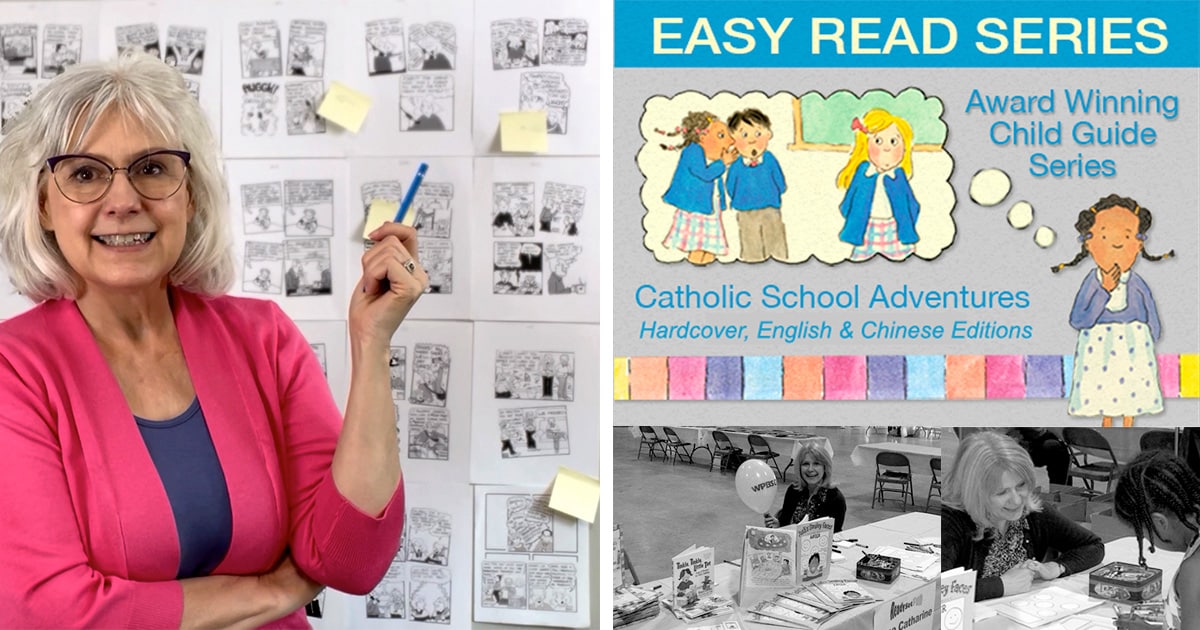
Q: Many artists have a specific workflow or creative process that helps them tackle larger projects. Can you briefly tell us what your creative process is and how you handle large projects like your series?
My workflow starts in the mornings before I am completely awake with a pot of black coffee and two cats trying to sit on my lap. This is my most creative time to brainstorm ideas in my sketchbook or iPad. Then after lunch, I organize my ideas and sort into project files or project boxes. I will typically work on two or three projects at a time and move between them depending on the deadlines.
Once the ideas are worked out, I complete a set of thumbnails in a storyboard format on tracing paper to get the first draft or what I call the downdraft…it doesn’t have to be perfect; it just has to make sense to me. This isn’t anything I show clients; it is just for me at this stage.
The next stage is to create clean thumbnails with text to email to the editor or art director. Once they approve this stage, I will make any changes to the thumbnails, scan them into Photoshop, and enlarge and set up an InDesign file of the book or project. Sometimes, the art director will send the InDesign file with all the text, pages, and details, but most of the time I create the file using the job’s specs in the creative brief/contract.
The final book cover is often due after sketches are approved since the publishers like to start promoting the book on their website and catalogs before the book is published.
I’ll finish the illustrations using a combination of traditional and digital media. I will update the links in InDesign until all is final and ready to send to the publisher. The editor and art director will create a final proof and send it to me for one last look, then all is set to go to the printers.
Q: You have a very distinct art style, which is something that many artists struggle with. Do you have any tips for someone who is trying to find their style?
I think art style develops similarly to handwriting. It’s unique to each of us. The more we draw and have our own unique experiences, the clearer our style becomes. That is why keeping a sketchbook is so important. Its a place where you are free to play. The more you draw, the easier it will be to see what you love in terms of lines, shapes, patterns, color, and themes, because these will repeat over and over again in your work…. your distinct style.
Q: What’s on deck: your next project, or next thing you are looking forward to this year?
I’m working on an updated version of the comic strip about grandparents as a collection. I have also been traveling across the United States and Canada by train, which has inspired another series still in development but will be for kid’s kindergarten to third grade.
To find out more about Cathy’s work, check out her website annecatharineblake.com or follow her on Instagram. Visit Sessions.edu to find out more about our online BFA in Illustration program.
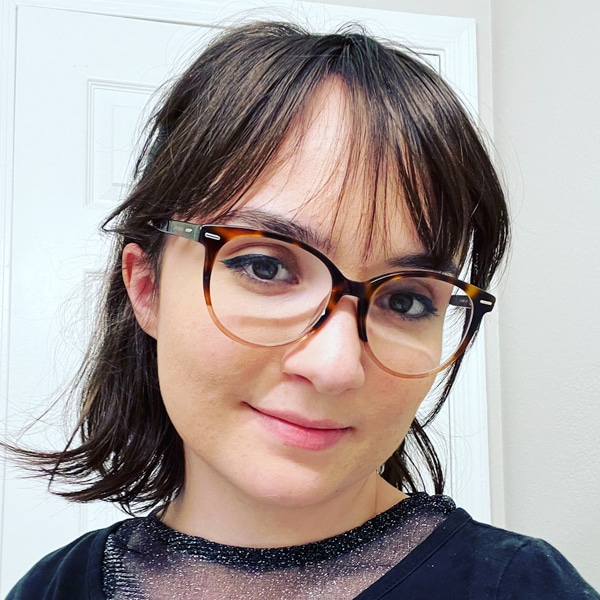
Lauren Hernandez is the Manager, Faculty and Curriculum Development at Sessions College. Lauren is an artist, educator, and former middle-school teacher with a passion for everything art-related. Read more articles by Lauren.
RECENTLY ON CAMPUS























